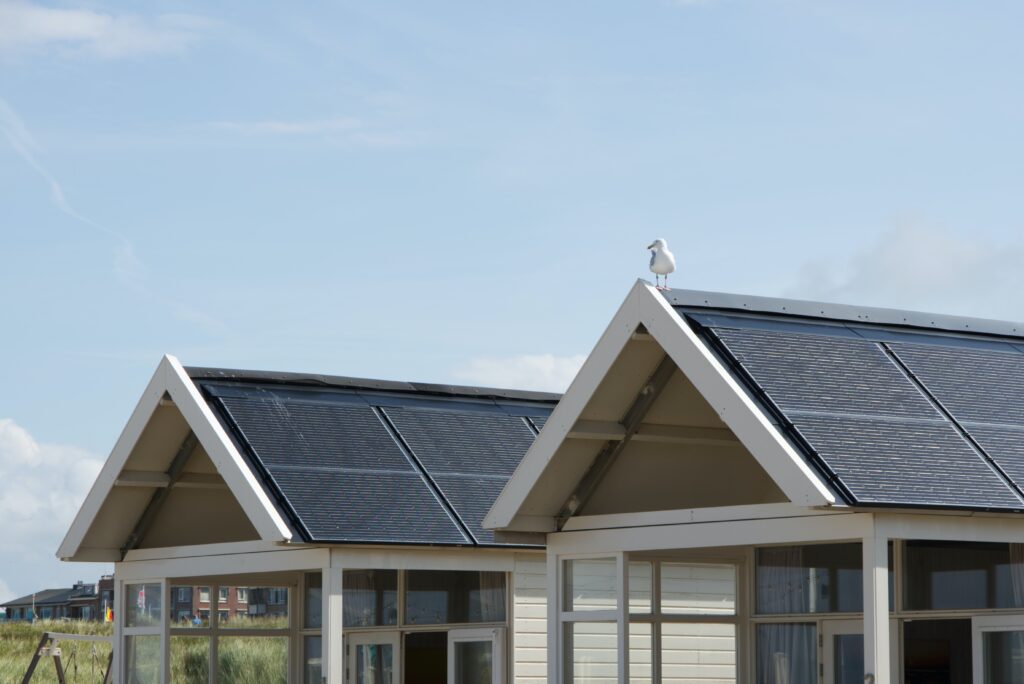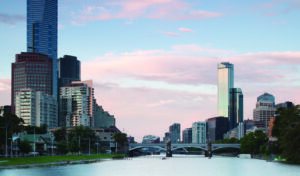As energy prices soar and environmental concerns become a priority, you might be thinking about ways to upgrade your home to be more sustainable. To help you along your way we’ve hand-picked our top solutions to turn your place into an awesome, eco-friendly home.
Upgrade your energy.
The most effective sustainability solution in a home is a powerwall. It’s a comprehensive system that captures the sun’s energy through solar panels and stores this power for later use when the sun isn’t out. It’s a sure-fire way to lower your carbon footprint, reduce energy bills and gain energy independence. For a more budget-friendly start, solar panels are excellent. They power everything from a fridge to a dishwasher, hot-water system and heating. These upgrades transform a home’s energy use and are an investment that will pay for themselves over time.
Get rid of gas.
Gas is a non-renewable resource. The three main uses of gas in our homes are the gas cooktop, hot water and heating. By simply choosing one upgrade first, such as an induction cooktop or an electric hot-water system, you’ll not only reduce your emissions but make your home a safer place to live.
Improve insulation.
A well-insulated home lowers your heating and cooling needs, thereby reducing power usage. In the walls and ceiling, choose sustainable materials such as fibreglass (made from recycled glass bottles), polyester (made recycled, non-flammable materials such as plastic bottles), sheep’s wool (it even helps absorb harmful airborne substances) and cellulose (recycled newspaper). Upgrade windows to double or triple-glazed options, which can drastically reduce the amount of air escaping. Install window coverings, made from sustainable materials such as recycled plastic, bamboo or wool, to keep in the heat and manage sunlight.
Look to your garden.
Set up a compost system for food and garden waste. Install a water tank to harvest rainwater. Plant native species: they require less water (rainfall is often enough), provide shelter and food for local birds and wildlife and enrich our ecosystem – they also don’t require soil-damaging fertilisers or pesticides to thrive.
Install a smart meter.
Keep track of your energy use and be more strategic by checking in on the meter. It’s simple with a connected app on your phone or computer to understand your energy use behaviour. Contact your energy provider for more information.
Use eco-friendly products.
A little goes a long way if we all adapt, from swapping to natural home-cleaning products, to using water-based paints on walls and ceilings, using glass or metal containers instead of plastic, installing LED lighting and washing our hair with a soap bar. It all helps reduce emissions and curb waste.
Building a brand-new, eco-friendly home might be the dream, but overhauling your current abode is often the greener option because it saves unnecessary waste from landfill. Every green change makes a difference; all it takes is the first step for your home’s sustainable evolution to begin.





